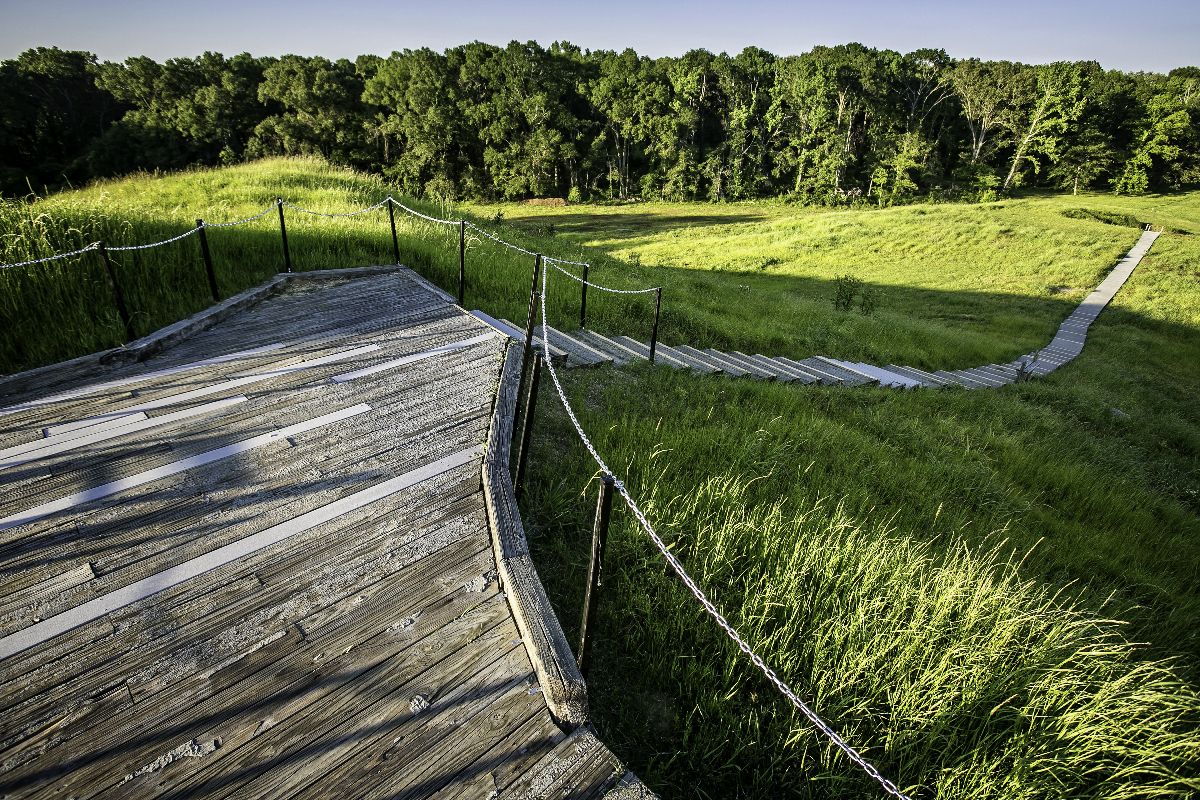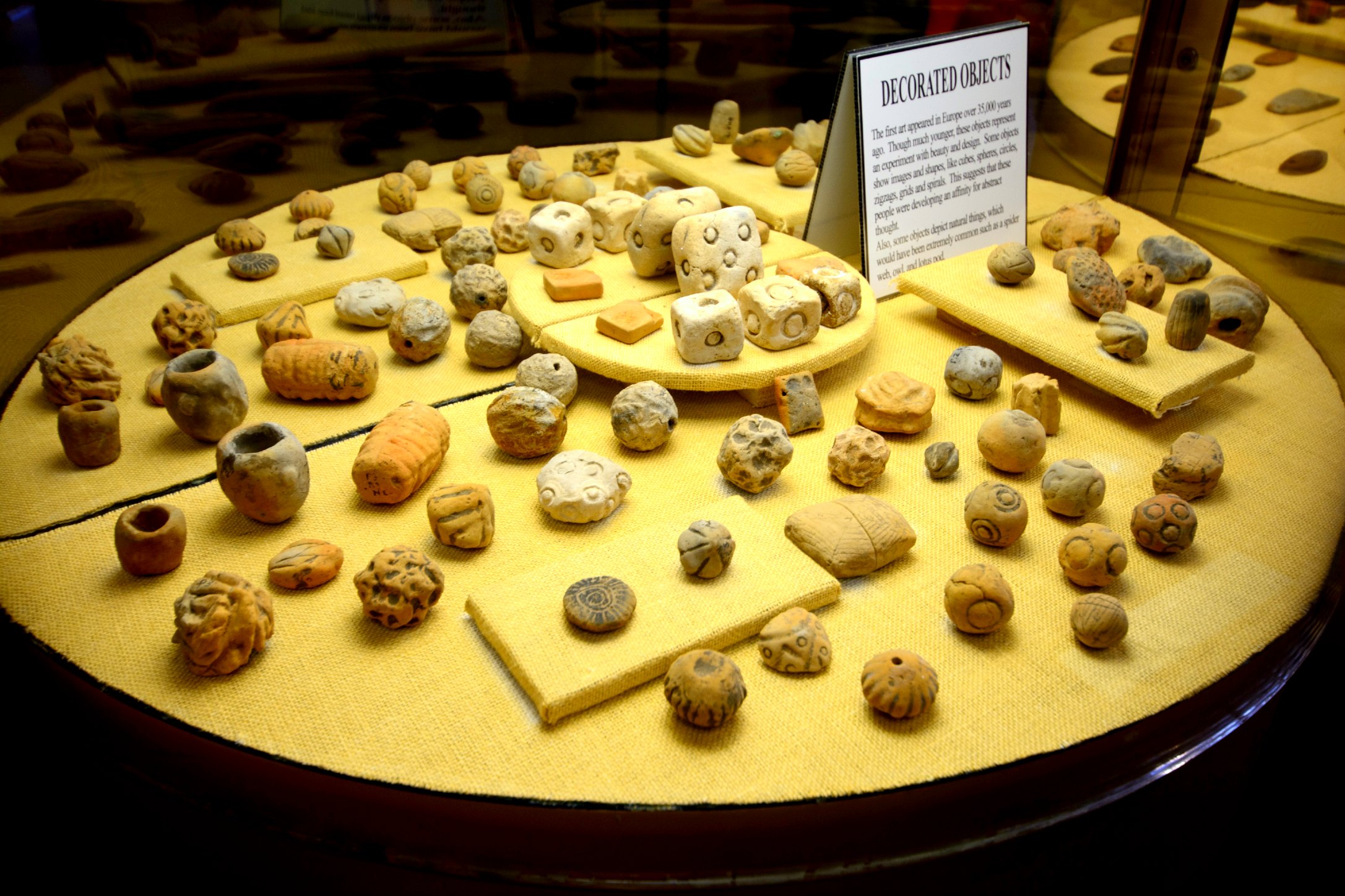Explore These Native American Mounds in Louisiana
Discover notable ancient Indian mound sites across Louisiana.
Whether you’re an archaeology enthusiast or a curious explorer, these landscapes invite you to appreciate the region’s indigenous peoples.
Louisiana’s landscape holds one of the richest concentrations of Native American earthworks in North America — and more than 800 Native American mound sites, some older than Egypt’s pyramids. Built by generations of indigenous peoples, these monumental earthworks reveal the depth of the Lower Mississippi Valley’s people, from the hunter-gatherer societies of 11,000 years ago to complex agricultural communities.
History of Native American Mounds in Louisiana
For thousands of years, Louisiana’s fertile floodplains and river valleys provided indigenous peoples with abundant food, water and materials for building. These communities shaped the land into raised earthen platforms for ceremonies, burials and dwellings.
The state’s oldest mound sites, like those near Monroe and Baton Rouge, date back as far as 3500 B.C., meaning some of the earliest monumental construction in the Western Hemisphere took place in Louisiana. Later, during the Woodland and Mississippian periods, new cultures expanded these traditions, creating vast ceremonial centers that linked communities through trade, religion and shared cultural identity.
Prominent Native American Mound Sites in Louisiana
Watson Brake (c. 3500 BCE)
Location: Near Monroe
Significance: Among the oldest known mound complexes in North America
Comprising 11 mounds connected by earthen ridges, Watson Brake represents a feat of early engineering. Its builders were hunter-gatherers who organized labor and knowledge to construct a near-900-foot-wide landscape. Archaeologists believe the site was used for seasonal gatherings and social or ritual events.
Poverty Point World Heritage Site (1700–1100 BCE)
Location: Pioneer
Significance: An UNESCO World Heritage Site
A global treasure (and one of Louisiana’s most remarkable archaeological sites), Poverty Point World Heritage Site covers more than a square mile and features six concentric earthen ridges, a massive central plaza and several mounds — one reaching 72 feet high. The site was once home to thousands of people who engaged in trade, art and ceremony. Today visitors can explore interpretive trails, a museum and guided tours of the former metropolis.
Campus Mounds at Louisiana State University (11,000 years old)
Location: Baton Rouge
Significance: The oldest known manmade structures in the Western Hemisphere
The two iconic mounds on LSU’s campus have long fascinated researchers. Recent studies suggest they may date back as far as 11,000 years, making them the oldest known constructed mounds in the Western Hemisphere. The sites were likely used for ceremonial and navigational purposes.

Poverty Point World Heritage Site

Artifacts at Poverty Point
Other Notable Mound Sites
Caddo Mounds
Found across Northwestern Louisiana, these mounds were constructed by the Caddo people for burials, ceremonies and as platforms for temples and homes.
Coastal Mounds
Along Louisiana’s Gulf, smaller mounds were made of shells and pottery fragments. The Lemon Tree Mound in Adams Bay served as a refuge during floods and as a sacred site for the Atakapa Ishak Nation. This mound was rematriated to the Atakapa Ishak Nation in 2024 by a grassroots environmental organization.
Preservation and Access
Many of Louisiana’s mounds rest on private land, where preservation depends on the stewardship of landowners. The Louisiana Division of Archaeology collaborates with communities and property owners to safeguard these irreplaceable cultural landmarks for future generations.
Visiting Native American Sites in Louisiana
Looking for more historical sites to explore? Explore the Ancient Mounds Driving Trail. Developed by the Louisiana Division of Archaeology, this self-guided route winds through Northeast Louisiana and links more than 40 accessible mound sites.
Visitors are asked to treat these places with respect — do not climb or disturb the mounds, and remember that these are not ruins, but legacies still honored by indigenous peoples today.
Explore more of Louisiana's history and heritage





